
-
Updating Roman Jakobson’s ‘Poetic Function’ with Vector Semantics
Read more: Updating Roman Jakobson’s ‘Poetic Function’ with Vector SemanticsKurzynski discusses how poetry extends beyond sound and rhythm and taps into a deeper network of meanings.

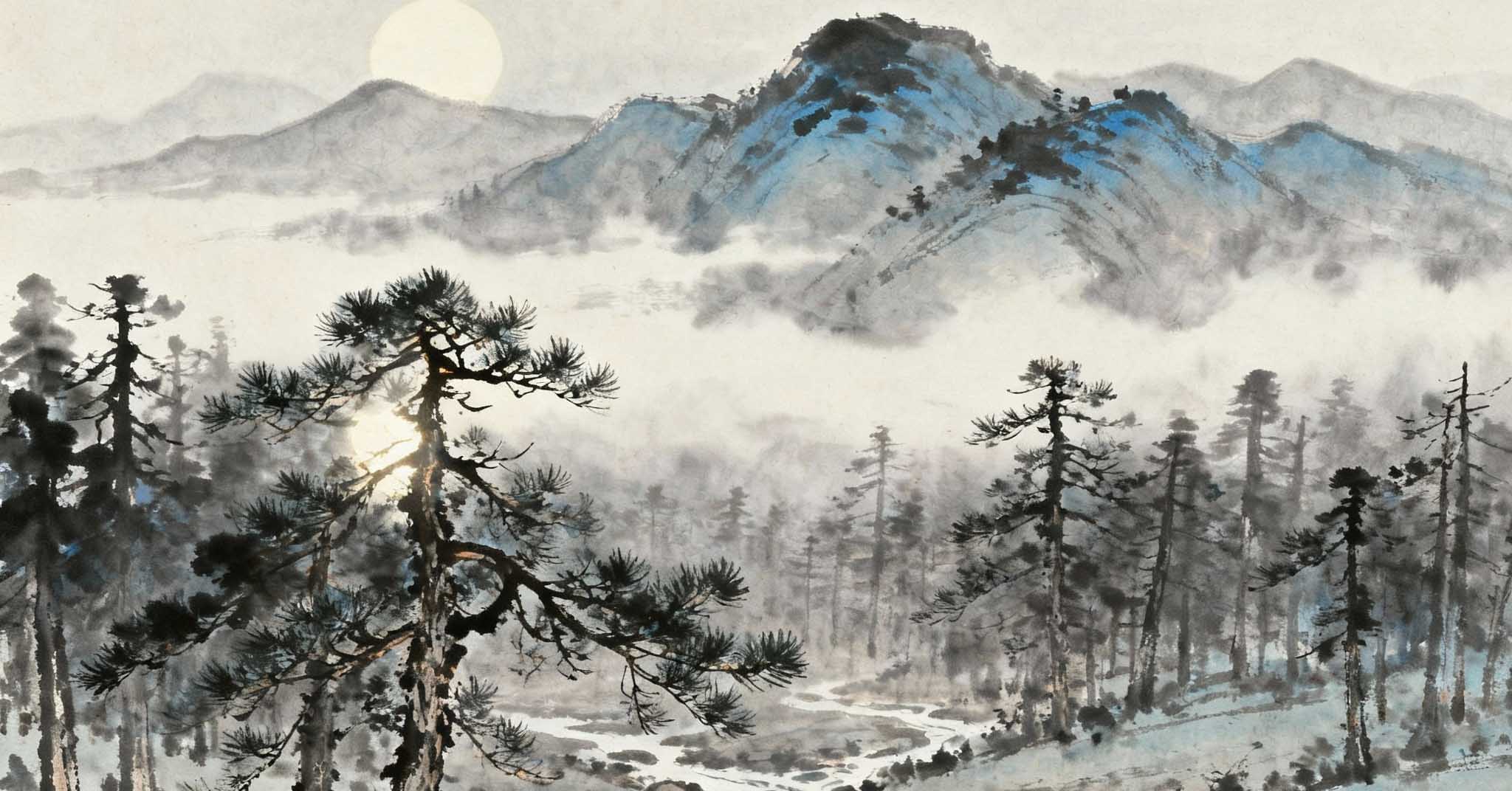
Kurzynski discusses how poetry extends beyond sound and rhythm and taps into a deeper network of meanings.

A Q&A with Uchechukwu Peter Umezurike on Masculinities in Nigerian Fiction: Receptivity and Gender, exploring Nigerian masculinities, ethics, and gender in literature.
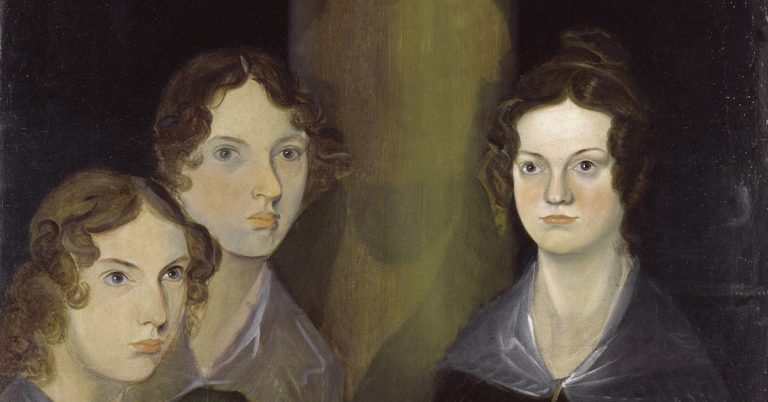
Explore five adaptations of Brontë novels that amplify violence, from Wuthering Heights to Jane Eyre, reshaping the Brontës’ enduring cultural impact.
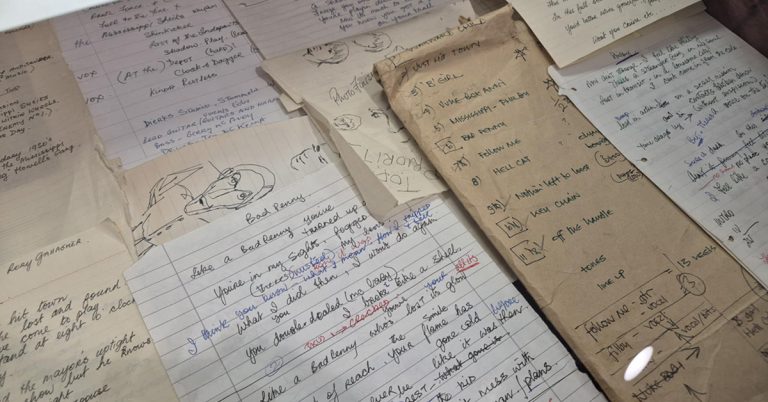
Dr Lauren Alex O’Hagan explores the overlooked literary depth of Rory Gallagher’s lyrics, arguing for their place within a unique hardboiled blues tradition.
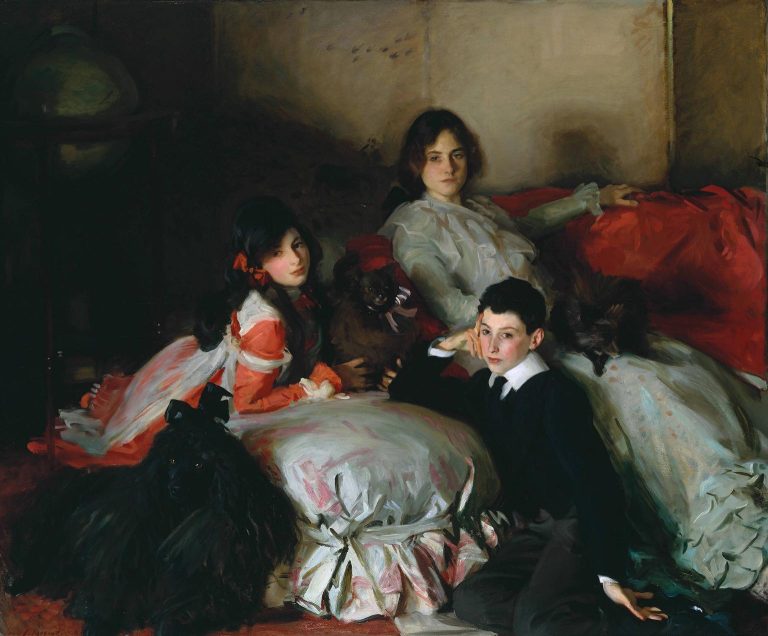
Riya Das discusses the making of her fully annotated edition of Mona Caird’s immensely successful novel, The Daughters of Danaus.

How did early modern writers link envy in print culture to politics and community?
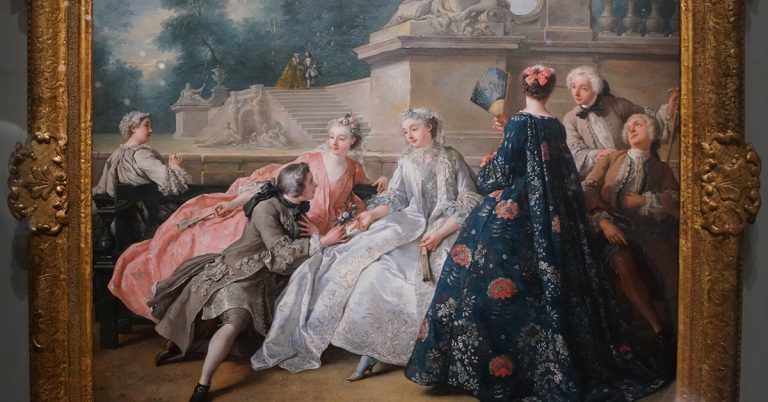
by John Eglin James Boswell, like a number of wealthy and well-connected British travelers in Italy, could expect to move in elevated social circles as he went from city to city. In common with many of his fellow tourists, he…
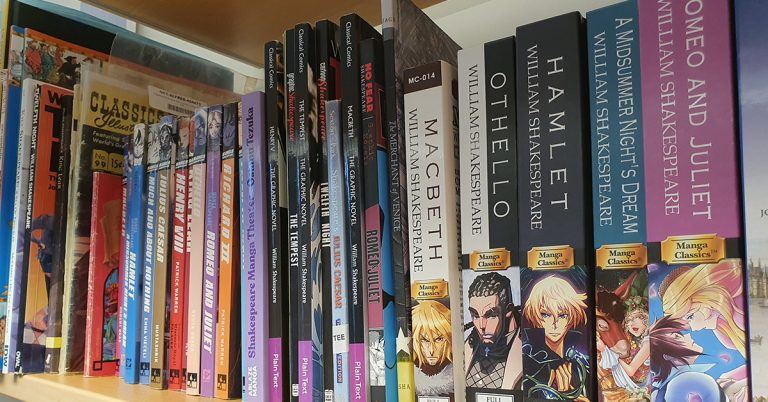
A Q&A on the making of Shakespeare Comics - exploring how graphic novels and manga adapt Shakespeare's plays and what they reveal about art, time, and culture.
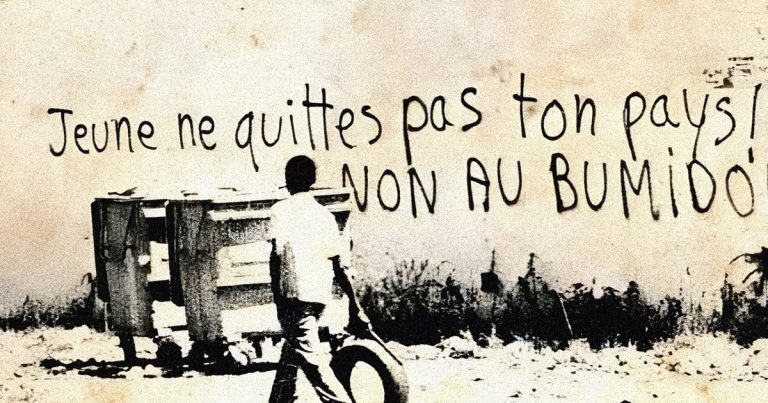
Antonia Wimbush explores how cultural works preserve the overlooked memories of Caribbean migration to France through the BUMIDOM program and challenge France’s national narrative.
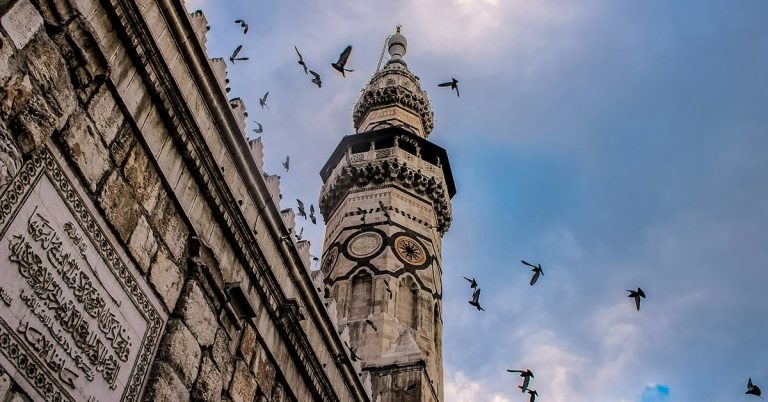
Daniel Behar reflects on his discovery of Syrian poetry, in a journey which carried him through the writing of poets such as Adonis, Muhammad al-Maghut and Nizar Qabbani.